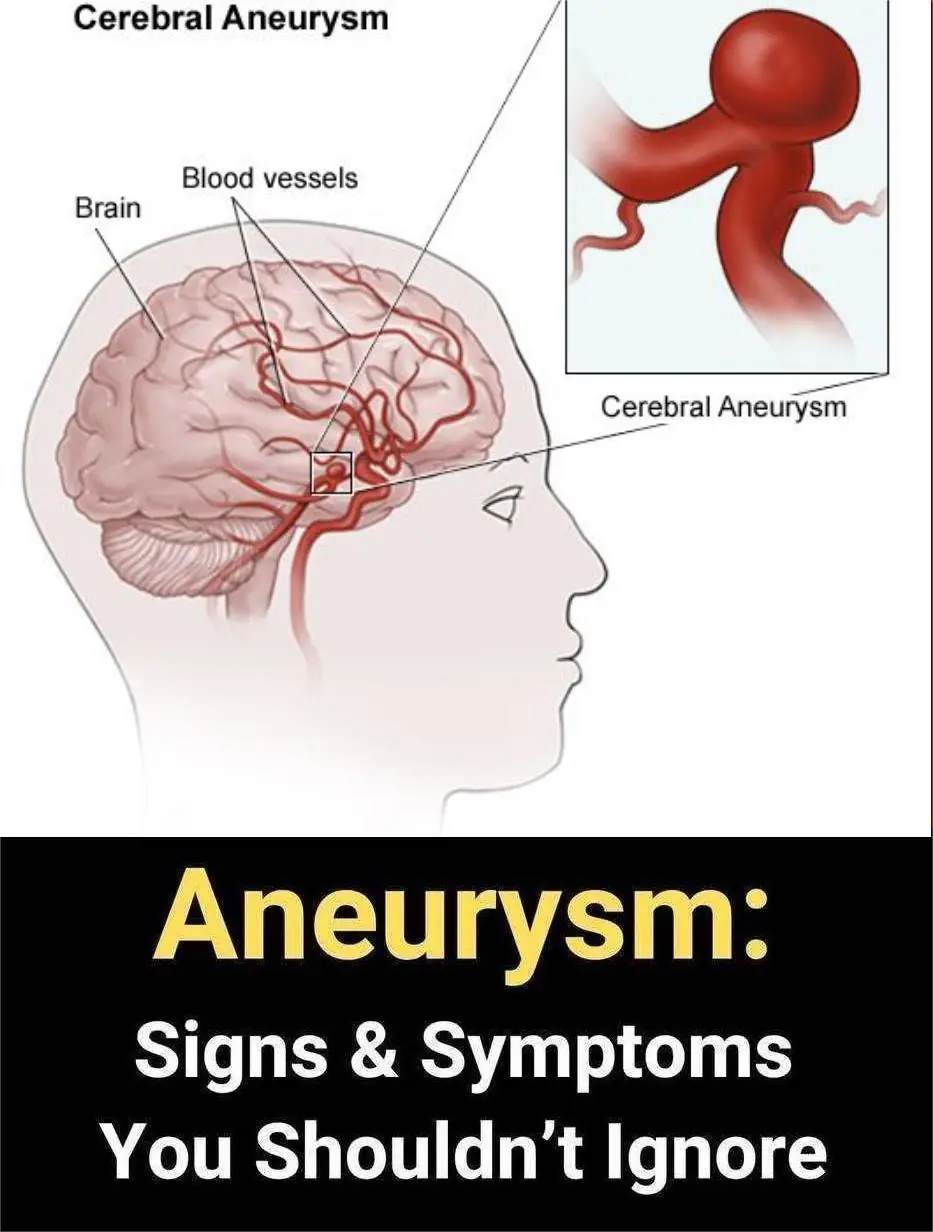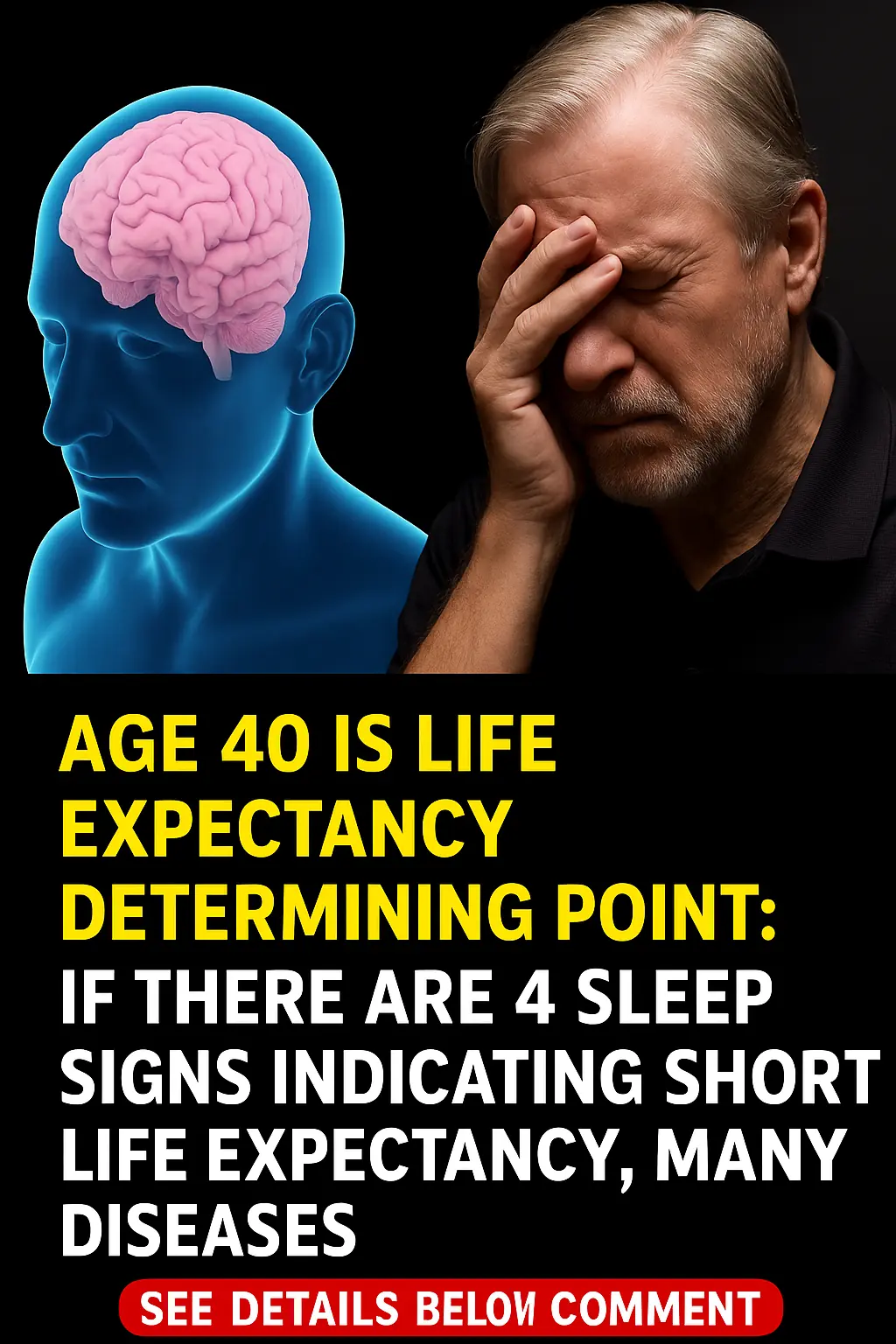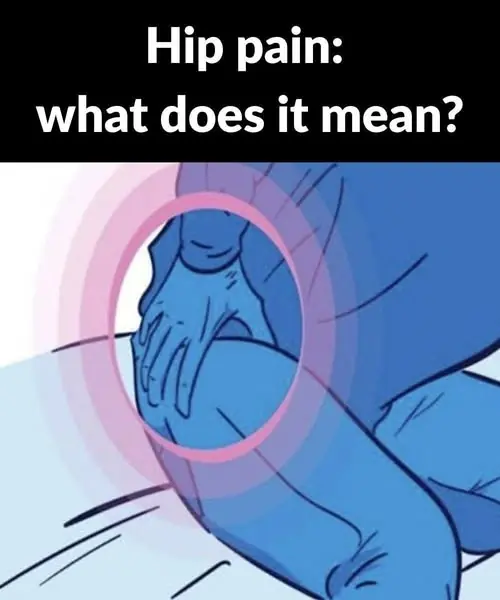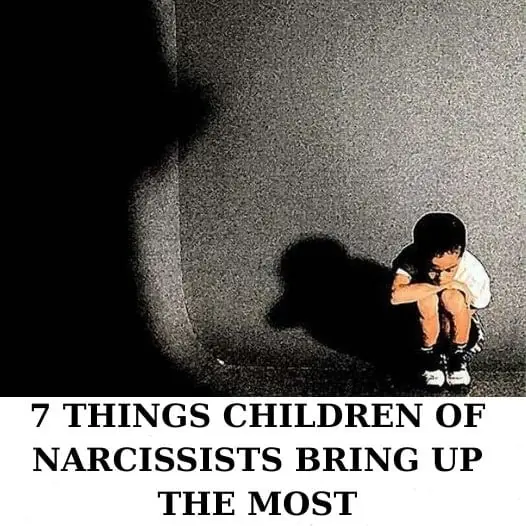
12 signs that may signal a brain aneurysm — Don’t ignore them
Identifying the early warning signs of a brain aneurysm can be extremely difficult, yet doctors and health organizations continue to stress the importance of awareness. Because this condition can be life-threatening if left undetected, knowing the potential symptoms could save lives.
What Is a Brain Aneurysm?
According to the Mayo Clinic, a brain aneurysm occurs when a weak spot in a blood vessel inside the brain balloons outward, creating a bulge that often resembles “a berry hanging on a stem.”
While some aneurysms remain stable and never rupture, the danger arises when they begin to leak or burst, causing bleeding into the brain. This event—known as a hemorrhagic stroke—most often occurs in the narrow space between the brain and the thin membranes covering it. Doctors call this type of bleeding a subarachnoid hemorrhage, and it can be fatal if not treated immediately.
Symptoms to Watch For
The Brain Aneurysm Foundation explains that one of the earliest warning signs of a ruptured or leaking aneurysm is often an intense, sudden headache, frequently described by patients as “the worst headache of my life.”
However, a ruptured or leaking aneurysm can present with a wide range of other symptoms, including:
-
Sudden and severe headache
-
Blurred or double vision
-
Confusion or difficulty concentrating
-
A drooping eyelid
-
A dilated pupil in one eye
-
Pain around or behind the eye
-
Stiffness in the neck
-
Sensitivity to light
-
Nausea and vomiting
-
Seizures
-
Weakness or numbness on one side of the body
-
Loss of consciousness or fainting
It is important to note that not everyone will experience all of these symptoms. However, if several appear at once—particularly the sudden severe headache—seeking immediate emergency care is critical. Experts strongly advise not driving yourself to the hospital. Instead, call an ambulance or have someone else drive you.
Sentinel Bleeds: A Crucial Warning
Doctors warn that sometimes an aneurysm doesn’t rupture fully at first but instead begins to leak small amounts of blood into the brain. This event is called a sentinel bleed.
The hallmark symptom is a headache that begins suddenly and persists for days without relief. Many patients ignore this or confuse it with a migraine. Unfortunately, delaying treatment can increase the risk of a catastrophic rupture. Seeking medical help at the first sign of a sentinel bleed can be lifesaving.
Who Is at Risk?
The exact cause of why brain aneurysms form remains unclear, but researchers have identified several risk factors:
-
Age and gender: Older adults and women are statistically more likely to develop aneurysms.
-
Lifestyle factors: Heavy smoking, excessive alcohol use, and drug abuse can weaken blood vessel walls, increasing risk.
-
Medical conditions: High blood pressure is a major contributing factor.
-
Trauma and infections: Head injuries or certain bloodstream infections can also lead to aneurysm formation.
-
Genetics: In some cases, people are born with aneurysms due to inherited weaknesses in blood vessels.
The Importance of Awareness
Although brain aneurysms are relatively rare, their consequences are devastating. The Brain Aneurysm Foundation reports that early detection and intervention significantly improve survival rates. Treatments can include surgical clipping, endovascular coiling, or other minimally invasive procedures designed to stabilize the aneurysm and prevent rupture.
Raising awareness is vital because the early signs are often overlooked or mistaken for more common conditions like migraines. Understanding the symptoms—and acting immediately when they appear—may save a life.
✨ Bottom line: Brain aneurysms are silent threats, often without warning until it is too late. But knowing the signs—especially sudden severe headaches, vision changes, and neurological symptoms—can make all the difference. Early recognition, swift medical attention, and better public awareness are key to preventing tragedy.
News in the same category


Age 40 Is the Decisive Point for Life Expectancy:

The surprising truth about eating eggs every day

5 “Dirtiest” Parts of a Pig That Butchers Never Feed Their Families

🦶 Swollen Feet: A Sign You Shouldn’t Ignore — What Your Body Might Be Telling You

🚩 19 Possible Signs of Cancer: When to See a Doctor

4 “Golden” Signs in Your Feet That Reveal Longevity: If You Have Them, You’re Likely to Live a Healthy Life

Chikungunya Disease: Causes, Symptoms, Diagnosis, Treatment, and Prevention

The Surprising Health Benefits of Chicken Feet

❗Avoid Cloves If You Have These Health Issues – What Doctors Rarely Warn You About

Why Your Legs Cramp At Night (And How to Fix It)

Discover the Hidden Treasure in Your Home: Kalanchoe and Its Medicinal Properties

7 Powerful Fruits That May Help Prevent and Fight Cancer

🦵 Hip Pain: What Does It Mean? Common Causes & When to Seek Help

Can Onions Really Boost Your Vision?

See the Difference: 5 Natural Leaves That Promote Eye Health

Soursop and Broadleaf Oregano Tea 😱😱..see more

How to Identify Real Rice from Fake: A Practical Guide
News Post

🍪 Chocolate Chip Cookie Dessert Stacks

🍮 Mini Caramel Cheesecakes Recipe

🧁 Mini Blueberry Mousse Cakes

🍰 Blueberry Gradient Mousse Cake

No More Fine Lines Thanks To Clove Orange Anti-Aging Oil

Are you sleeping on hidden toxins?

Age 40 Is the Decisive Point for Life Expectancy:

This is what really happens during cremation, and it’s not pretty

Hospice chef reveals the one comfort food most people ask for before they die

7 Common Struggles Children of Narcissists Talk About the Most

48 Years Since Humanity Reached for the Stars: Honoring the Launch of Voyager 2

Homemade Teeth Whitening: White Teeth in Just 2 Minutes!

Can Cloves Heal Damaged Lungs? Discover Healing Tea Benefits

Discover the Aidan Fruit Elixir: The Ultimate Wellness Secret Every Woman Needs!

Goosegrass: The Unsung Hero for Kidney Health and Natural Detox You Need to Know

Transform Your Life with Vaseline: 18 Genius Hacks for Beauty and Home

Unleash Your Inner Strength: The Ultimate Power Boost Smoothie for Men! 🍌🔥

Unlock the Secret Power of Aloe Vera and Honey: Nature’s Ultimate Bacteria and Fungi Fighter!
